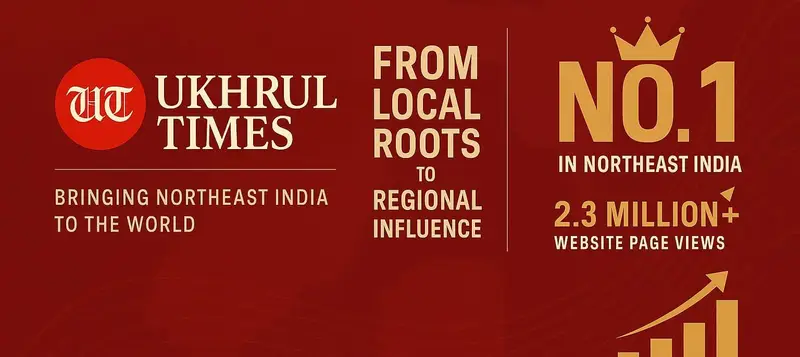Now Reading: Who did CIA’s classified report say ‘Kacha Nagas’ were?
-
01
Who did CIA’s classified report say ‘Kacha Nagas’ were?
Who did CIA’s classified report say ‘Kacha Nagas’ were?

The term “Kacha Nagas,” originally coined by Western anthropologists during ethnographic and linguistic fieldwork in the then-Northeast Frontier, especially among the many Naga Hills people groups, seems to have re-emerged, albeit limited to social media.
This outdated term, primarily used for classifying people into tribes or sub-tribes in today’s Northeast India’s region, also appeared in a classified Central Intelligence Agency (CIA) file titled “The Nagas” in August 1963. The CIA research report was meant only for “CIA internal use”; however, it was approved for release, in other words, declassified, on August 24, 1999.
The pertinent question to ask, perhaps, is ‘not’ how the term “Kacha Nagas” found its way into a research report of the CIA, but ‘who,’ or ‘which’ people group were classified as “Kacha Nagas” in the findings of the CIA report.
Editorial | Nehruvian approach to the Nagas and Northeast India
It’s interesting to note that the U.S. government agency, primarily concerned with national security, in its research report on the Nagas of India, only lists a few Nagaland tribes. In file number, CIA-RDP85-00671R000200060001-5, it states, “The term Kacha Nagas refers collectively to several tribes or tribal divisions, principally composed of Zemi, Lyeng (or Lyengma, Liangmi), Kabui and Maruong people. Reports indicate that these four groups have been closely allied and have acted as a political unit for some years.”
Further, the CIA research report states, “Originally the Kacha Nagas were located around Mekroma, but subsequent migrations led them across the Barail Range, mainly in the directions of Tehema and Khonoma. More recently their reported locations have been the Naga Hills District, Manipur, and along the Barak River as far south as the North Cachar Hills.”

The CIA report does not include under the heading NAGA TRIBES OF MANIPUR — the Mao Nagas, Maram Nagas, Chiru Nagas, Maring Nagas, Tangkhul Nagas, etc. under the “Kacha Nagas” category.
Interested individuals and researchers may refer to the CIA file here | https://www.cia.gov/readingroom/docs/CIA-RDP85-00671R000200060001-5.pdf
On the contrary, the term “Kacha Nagas” in today’s usage is completely misplaced and unfounded. Like many burdens of the modern era, the term itself carries subtle stereotypical connotations. It is largely employed on social media, particularly in comment sections, to antagonize certain sections of the Naga tribes in Manipur.
The ethnic tension between tribal and non-tribal communities in Manipur has perhaps emboldened some “keypad warriors” from opposing groups to use the term “Kacha Nagas” as a weapon. This term is often deployed by the Kuki-Zo groups when political views or actions of the Southern Nagas—or, more specifically, the Nagas of Manipur—do not align with their own. To some extent, the term “Kacha Nagas” echoes the subtle hierarchical attitudes of colonial rulers, suggesting caste-like sentiments.
The term “Kacha Nagas” was originally a colonial connotation and, unfortunately, is still used by some Nagas in Nagaland to express similar ethnic slurs against certain Nagas of Manipur. This perpetuates a lingering attachment to outdated colonial hierarchies, where one group viewed others as inferior.
The revelation of the CIA’s report should serve as a good starting point to address and correct the misnomer “Kacha Nagas.” For those in disagreement, you are encouraged to reach out to the CIA for further clarification.
Must read | Ngahui (Awangkasom) Village massacre in 1918: Less than a dozen survived

















Gonmei
The term kacha Naga is not at all derogatory . It is a sylheti ( a kind of Bengali spoken in sylhet and Cachar/ kachar) word meaning foothills. The British first landed in the present day NE India at Cachar.( Source – History of Cachar).They came into contact with hill/ slope ( kachar/ cachar) tribals particular Dimasa kachari and Nagas – Kacha Naga.